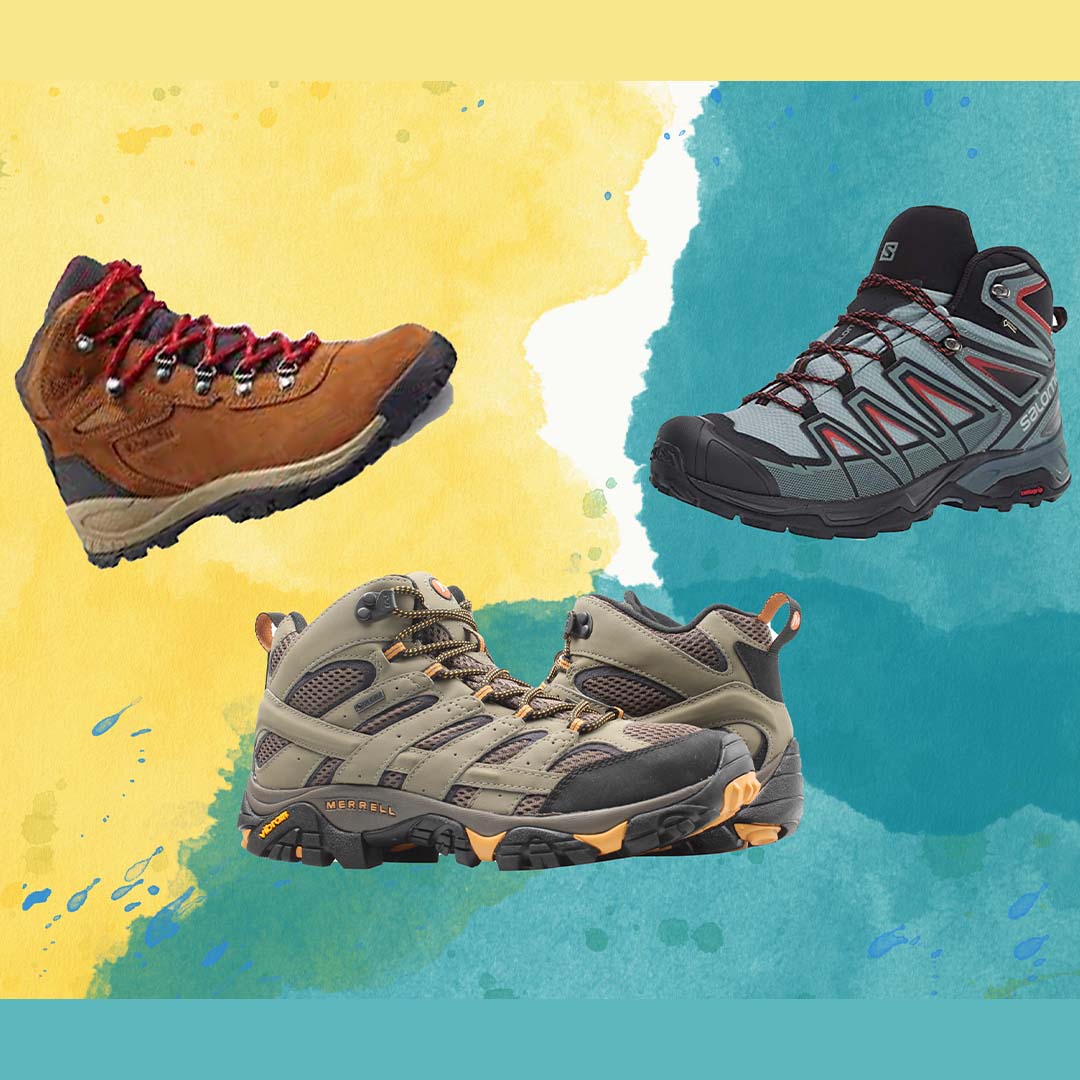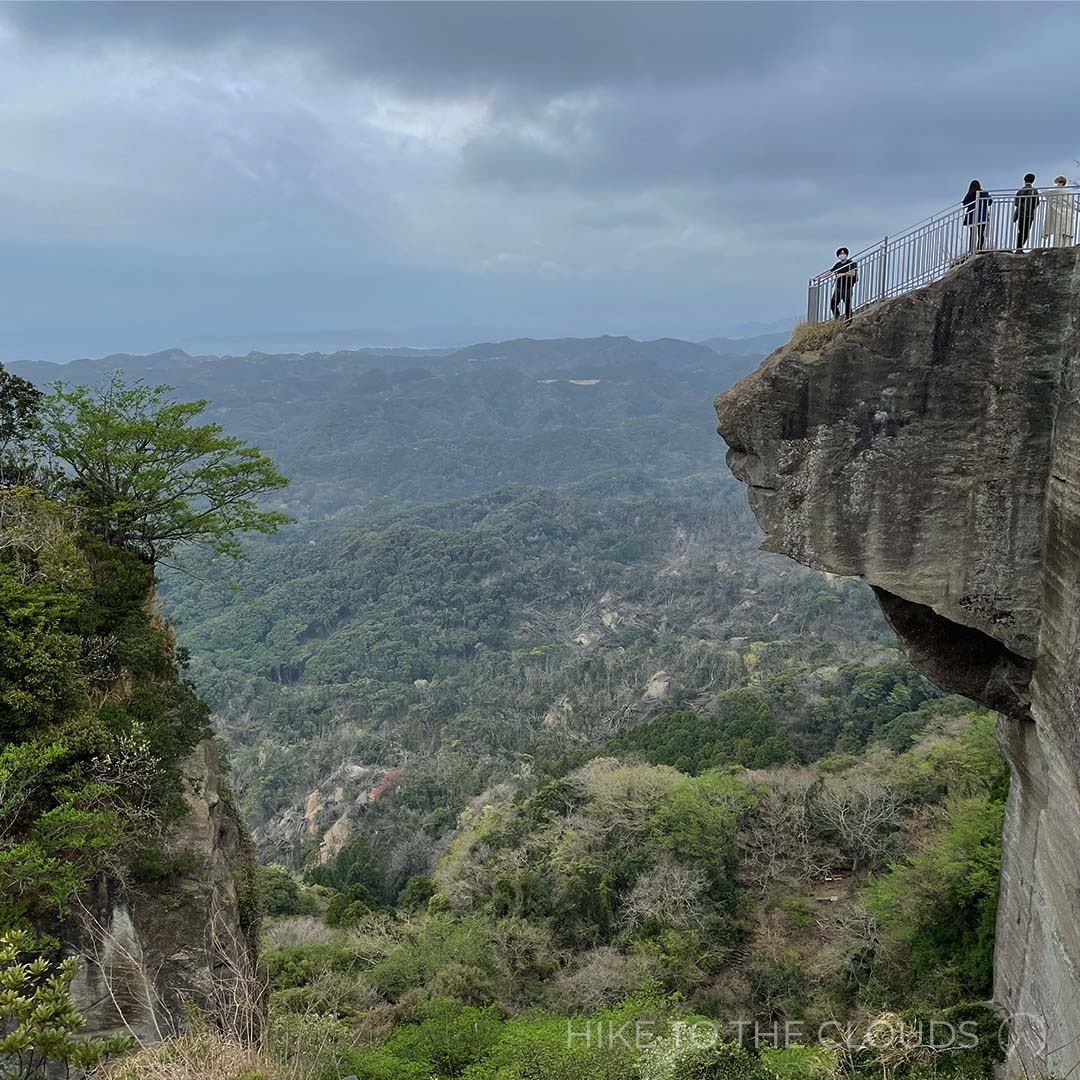Basic First Aid Kit
What are the dangers when hiking?
When we talk about outdoor dangers most people have visions of ferocious bears or poisonous snakes, but the most common injuries tend to be a lot more mundane. In fact, two of the most life-threatening illnesses on a hike are hypothermia and heat exhaustion. Below is a list of a some of the most common injuries and illnesses that you need to be prepared for.
- Sprains / strains
- Allergic reactions / anaphylaxis shock
- Bug Bites / Stings (including tick bites which can lead to a variety of illnesses including lyme disease)
- Blisters
- Cuts and grazes
- Burns
- Broken / Dislocated bones
- Dehydration
- Hypothermia / Frost bite
- Heat exhaustion (hyperthermia) / Sunburn
- Pre-existing conditions (diabetes / cardiac issues / asthma etc)
What do I need?
The first thing you will need is a waterproof case with labeled compartments. In an emergency, nerves and adrenalin can make it difficult to think clearly, so it is vital to make sure that every item is easy to find. A good option is to buy a premade kit and add in any extra items that you think you might need. Most premade kits come in an easy-to-use waterproof and rip proof bag. Another option is to buy a waterproof first aid bag and fill it yourself. The North Face and Montbell both have good sturdy options.
We have made you a list of the kind of materials you will find in a first aid kit. You don’t need to take everything on this list, and you should try to keep your bag a light as possible. Swap and change items out based on the kind of hike you are doing and who is with you. The highlighted materials are the ones we consider absolute essentials that you should always carry, on any hike.
1. Basic Tools
- Biodegradable Soap
- Blunt End Scissors
- Cocoheli (n.b. PLBs are illegal in Japan)
- Cotton Swabs
- CPR Mask
- Duct Tape (you don’t need a whole roll)
- Glow Stick / Flashlight / Headlamp
- Insect Net
- Instant Heat Pads
- Instant Ice Packs
- Irrigation Syringe
- Low-reading Thermometer (for hypothermia)
- Medical gloves (not latex)
- Needle and Strong Thread
- Permanent Marker
- Pocket Knife / Small Blade
- Safety Pins
- Satellite Phone/messenger
- Scalpel (#15 / #12)
- Small Mirror
- Space Blanket
- Splint / Samsplint
- Thermometer
- Tick Remover
- Tweezers
- Whistle
2. Bandages
- Assorted Plasters/Band-Aids
- Athletic Tape
- Burn Dressing
- Butterfly Closures
- Elastic Wrap
- Gauze Pads
- Hemostatic (blood-stopping) Gauze
- Hydrogel-based Pads
- Liquid Bandage
- Non-stick Sterile Pads
- Oval Eye Pads
- Rolled Bandages
- Rolled Gauze
- Triangle Bandage
- Zinc Oxide Tape
3. Blister Plasters
- Mole skin (or other reliable blister plasters or treatments)
4. Medications
- Antacid tablets
- Anti-diarrheal
- Antihistamines
- EpiPen (if you are able - please speak with your doctor)
- Eye drops
- Pain killers (acetaminophen / ibuprophen / aspirin)
- Prescription medications
- Rehydration Salts
- Throat Lozenges
An EpiPen should only be used if you go into anaphylaxis (your face, tongue and or throat start swelling, or you experience problems breathing). Note that an EpiPen will only work for 15~20 minutes before it starts to wear off. For this reason some hikers carry 2 pens with them. As soon as you are able, it is important to take some antihistamines (like Benedryl) too. Antihistomines take too long to absorb in a case of anaphylaxis, but by using the EpiPen immediately, you will have extra time for the antihistomines to take effect. In the event of any serious allergic reaction, get to a hospital as quickly as you can.
5. Ointments / creams / sprays
- Aloe Vera
- Antifungal Foot Powder
- Antiseptic Cream
- Antiseptic Towelettes
- Bite and Sting Ointment
- Burn Gel
- Calamine Lotion
- Hand Sanitizer (BKZ preferred)
- Insect Repellant
- Lip Balm
- Sunscreen
- Vaseline (petroleum jelly)
6. Shelters
- Bivvy
- Emergency Blanket
- Emergency Shelter
7. Food
- Sugar Sachets / Sweet Foods (like sweet bean paste)
- Water Treatment Chemicals
8. First-Aid Manual
- You should also carry a light first-aid manual with you.
It is important not to forget to refill products that you have used. It is always a good idea to have an at home stash of extra refills for the items that are most used. This is especially important for parents who will probably be facing more minor first aid emergencies. For us, that has been things like plasters (band aids), blister plasters, antiseptic and bite creams. Now go have fun in the outdoors knowing that you are prepared for (almost) anything!
Helpful Links:
Wilderness Medical Assosiates Japan - First Aid Courses (Japanese)Disclaimer
The information on this website is provided as a service to the public and offers general information only. It is not intended to be and should not be relied on as a substitute for specific medical or health advice. While every effort is taken to ensure the information is accurate, Hike To The Clouds makes no guarantees that this information is correct, current, complete, reliable or suitable for any purpose. We disclaim all responsibility and liability for any direct or indirect loss, damage, cost or expense whatsoever in the use of or reliance upon this information.
We strongly advise all hikers to complete a practical first aid training course with an authorized & accredited first aid training provider in their local area.


